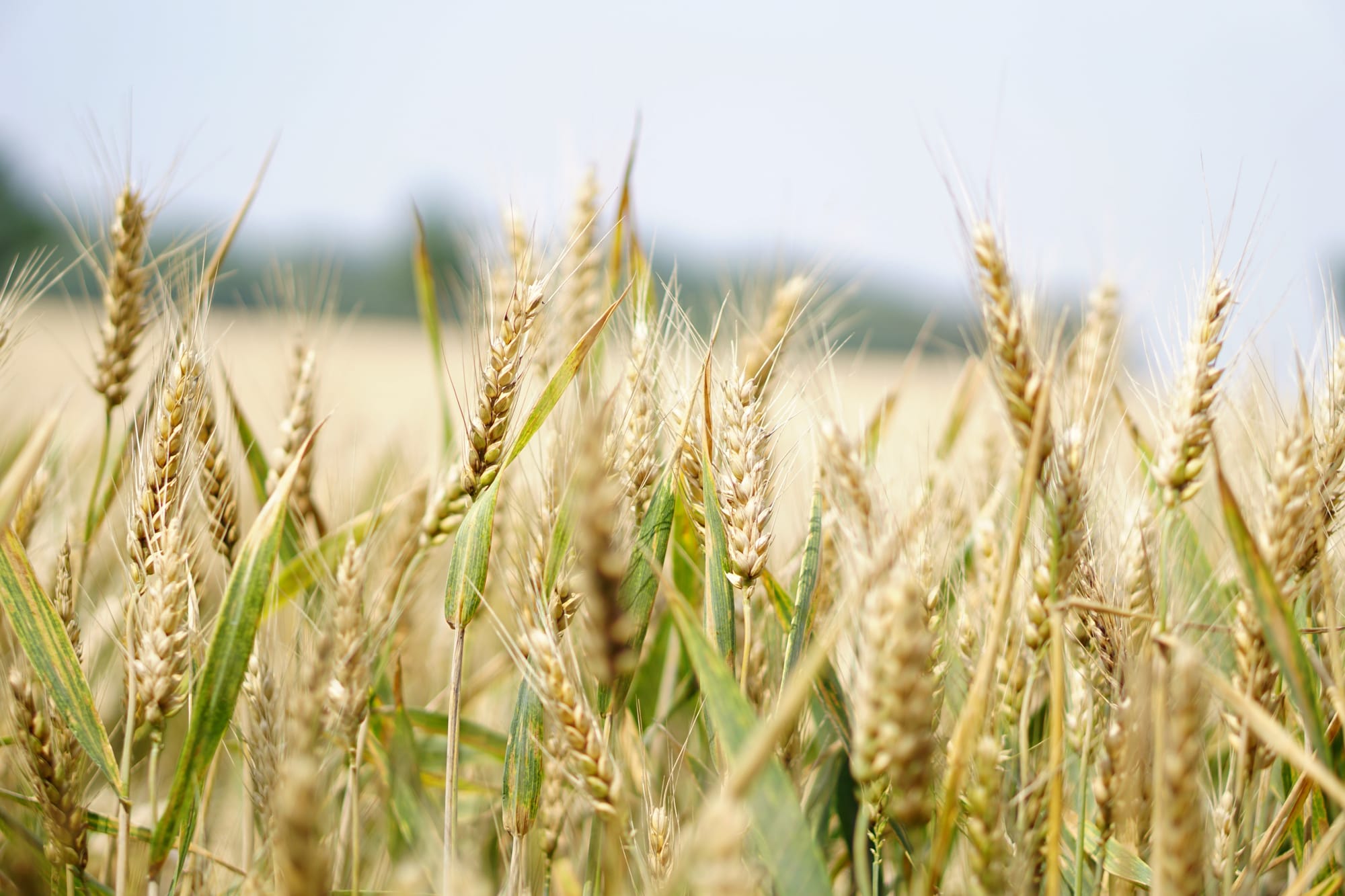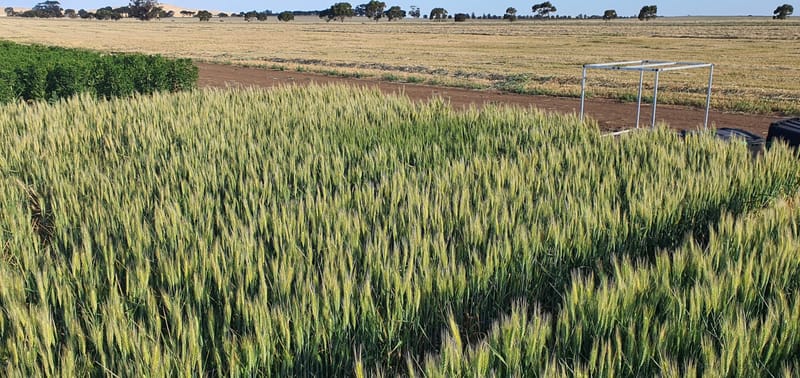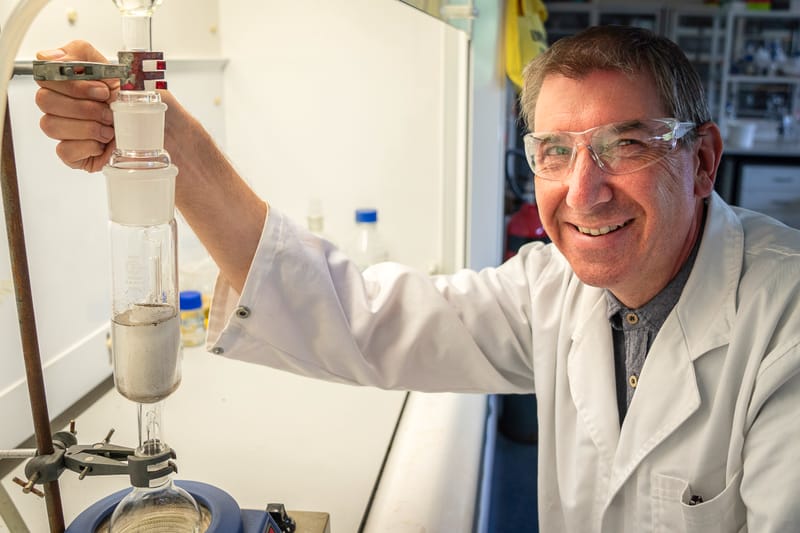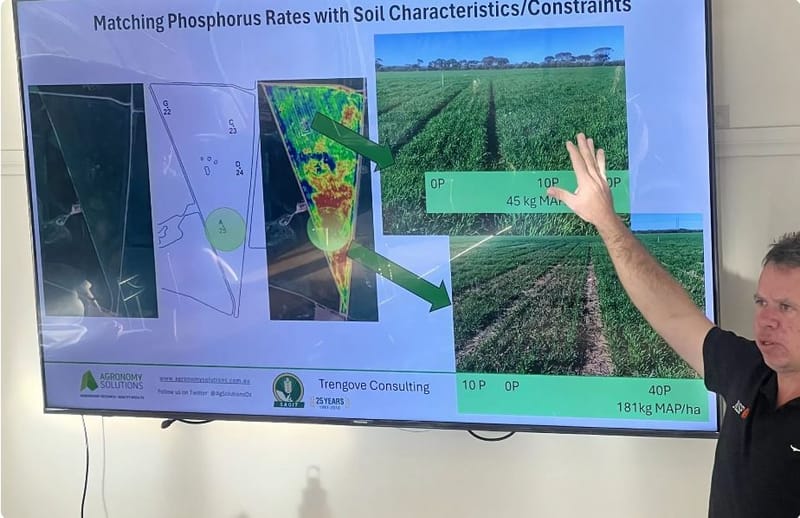Statewide initiative closing grain yield gap
A COLLABORATIVE and geographically broad initiative in South Australia will explore the economic impact of a range of grain legume crop management options. A total 33 trials are being sown this year for the SA Grain Legume Project – invested in by...

A COLLABORATIVE and geographically broad initiative in South Australia will explore the economic impact of a range of grain legume crop management options.
A total 33 trials are being sown this year for the SA Grain Legume Project – invested in by the Grains Research and Development Corporation (GRDC) – that is titled ‘Development and extension to close the economic yield gap and maximise farming systems benefits from grain legume production in South Australia’.
The project aims to address the current 40 per cent yield gap between average grain legume yields and water-limited yield potential and drive its closure through supporting growers with extension of best practice grain legume agronomy.
In its second year, the project is contributed to by researchers from the University of Adelaide and the South Australian Research and Development Institute (SARDI).
SARDI-based project research co-ordinator Sarah Day said the trials would be located at the project’s ‘hub’ sites in Tooligie, Hart and Loxton, and at ‘spoke’ sites at Millicent, Lameroo, Melrose, Riverton, Maitland, Bute, Pinnaroo, Kimba and Wangary.
“This year’s trials program is looking at the economic impact of various management options for grain legume crops, including diseases, weeds and herbicide use,” Ms Day said.
“Other areas of focus are soil amelioration – including deep ripping – and reducing pod loss. There are also some lentil and field pea variety trials going into some locations to increase the understanding of how these cultivars are adapted to expanding areas.”
Ms Day said the trials focus on lentils, however chickpeas, faba beans, field peas and vetch are represents, as well as cereals for benchmarking purposes.
“The trials are very region-specific and have been designed to answer questions being asked by growers at that local level,” she said.
“GRDC invested in this project for that particular reason – to address the need for more refined grain legume crop management approaches for different regions.”
In addition to closing the yield gap, the project aims to support grain growers and their advisers in the regions to maximise system profitability; drive and support sustainable expansion of the area grown to grain legumes; and have a targeted 45 per cent of growers adopt or intend to adopt new and novel practices emerging from research.
Monitoring and evaluation to benchmark and undertake preliminary assessment of long-term impacts is a key component of the GRDC investment, which involves similar projects in Victoria, New South Wales and Western Australia.





